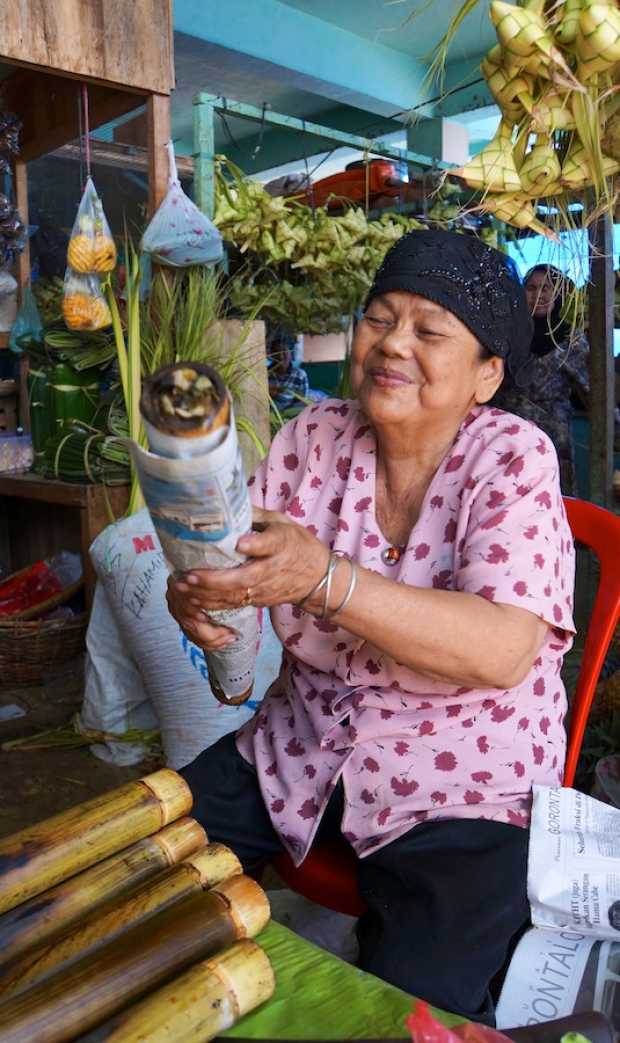Not a member yet? Sign Up!
Info
Please use real email address to activate your registration

In December and January, the number twitter postings about Best Food Books usually increase.
I have re-tweeted some, like Here Are the 10 Best Selling Cookbooks of 2013 and The Piglet, a collection on #F52Provisions - winning cookbooks. Another one is a review by Richard Davies - AbeBooks: The 50 Best Food Memoirs.

Looking for more interesting books, especially since I have joined two food book clubs, I came across a fascinating blog, Legal Nomads with a tagline: where culture, food & travel intersect. Its creator, Jodi Ettenberg who was born in Montreal and has worked as a corporate lawyer in New York City, is very generous in sharing her Resources for Food Travelers.
She categorized them into: Food books to whet your appetite for travel, food sites to learn from, food sites to drool over, and some packing tips for the food travelers. In that page I learned that Jodi wrote The Food Traveler’s Handbook, for culinary traveler, especially those who would like to know how to find cheap, safe and delicious food anywhere in the world.

I bought the e-book right away and finished it in one sitting as it really is a page-turner.
Focusing on developing countries, The Food Traveler’s Handbook is full of fascinating and handy information for culinary travelers roaming the exotic parts of countries such as Colombia, France, Indonesia, Laos, Mexico, Morocco, Myanmar, Turkey, and Vietnam.

Jodi categorized the main chapters into: 1) A Slice of History on Your Plate, 2) Discovering the World through Food. 3) Pre-trip Research and Packing; 4) On the Road with an appetite for New Food.
The book comes with more information that I consider as bonuses. These bonuses encompass Resources, Food Travel Stories and Reference Boxes.
Born and raised in Indonesia and a frequent traveler in country and abroad (including to those mentioned in the book) I found pieces of information that I never thought about.
In A Note About Condiments, for example, Jodi listed a variety of condiments used in many countries like hot chili, sour vinegar, salty fish sauce and sweet sugar in Thai food and spicy sambal in Indonesia. She further wrote: “not only should condiments be tasted, but learning about them and how they came to be used in the local cuisine adds an interesting angle to your food exploration.”
I know see condiments in a different perspective.
Jodi encourages her readers to experience street food without forgetting food etiquette, a point of convergence for tourists and locals alike.
Her description about the setting of street food place is remarkable and is pertinent in many countries of the world: “Focusing on street stalls affords a unique vantage points to observe the nature of a place and its people.”
Many of her tips on a variety of topics are enhanced by stories from seasoned travel and food bloggers such as Jeff Orlick, urban food explorer and creator of iwantmorefood.com; Don George , the author of Lonely Planet’s Guide to Travel Writing; and Matt Goulding of Roads & Kingdoms.
The Food Traveler’s Handbook guides readers to food safety and elaborates information on how those with food restrictions (allergies, diseases, vegetarians) can still enjoy cheap eats.
I lost my concentration when reading about food-related travel sickness, vaccinations and acidophilus pills, but fully appreciate Jodi’s efforts in explaining these issues especially for readers who are not used to traveling in developing countries.
Information on apps and social media and an array of colors in several photos piqued my interest again as The Digital Future is certainly changing the way we travel.
A handbook is a practical tool providing reference guide.
To me, The Food Traveler’s Handbook is also a storybook. Jody Ettenberg shares global tales on culture, human nature, scenery and food, spiced with beauty and sensitivity.

-------------------------------
Text: Amanda Niode
Images: Legal Nomads, Omar Niode Foundation